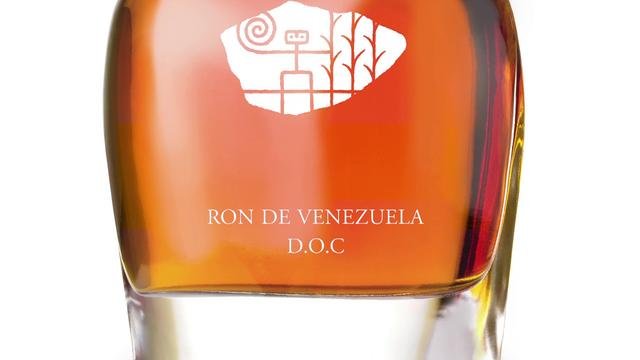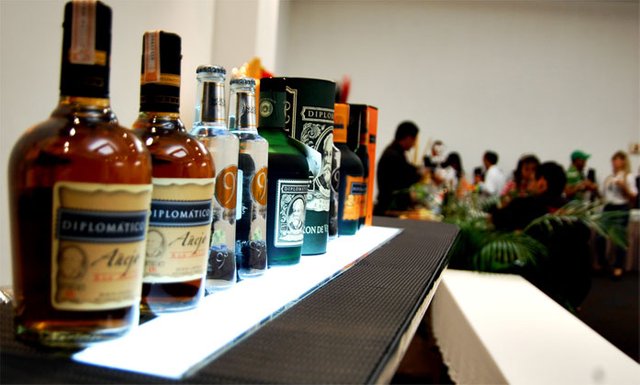Rum of Venezuela, the best in the world. (Part I)
When we talk about rums, we think it is a more than known beverage, of which there is not much to discuss. It is possible, because for many it was the beginning in the consumption and learning of alcoholic beverages. However, the world of rums is so big and so diverse that every day you learn something new and this makes this alcoholic beverage a whole world of styles, personalities and options at the moment of consumption, even for different moments.

As we know, the basis for making rum is sugar cane (Saccharum officinarum), from which some varieties are released. Sugarcane emerged in South Asia and its islands, thanks to the Arabs first became known in Europe and then, with the discovery of America, traveled to the Caribbean to settle again in their ideal habitat, a very warm area , humid and with a lot of rain, which helped that today the best rums come from this area.

Venezuela has very special characteristics for sugarcane: mountainous areas of the Andean mountain range and Amazon jungles, as well as a Caribbean climate, fertile and sunny lands, blessed by winds and abundant rains throughout the year, which cause a higher concentration of sucrose on the stem of the cane. These conditions affect the aging process in a significant way and alcohol is able to age faster than in other countries. In this way the finest and exquisite rums with unique characteristics are obtained.
And just the rum in Venezuela reaches its maximum splendor thanks to the strict regulation of its Controlled Designation of Origin or DOC. It should be noted that only Martinique and Venezuela have managed to obtain this Denomination of Origin for their rums.
The rums of Venezuela proudly boast the seal of guarantee of the DOC. It is a glyph of prehispanic style where a man is represented performing the harvest (harvest) of the sugar cane that has as background the elements that determine the terroir and the reason of the Denomination of Origin, the wind (climate) and the soil (the goodness of the earth).

The regions of Venezuela authorized to hold the DOC, are: Aragua, Barinas, Carabobo, Cojedes, Lara, Miranda, Monagas, Portuguesa, Sucre, Tachira, Trujillo and Yaracuy.
Thanks to the different regulations of Ron de Venezuela, it has been possible to achieve a greater acceptance of the international market by showing an increase in its exports of more than 500% from 1991 to date, positioning the rum brands of Venezuela in countries such as France, Spain, Chile, Italy, Mexico, Russia, Ukraine, the United States, Japan and Germany, among others. It is estimated that Venezuela places close to 2 million boxes annually in the international market.
